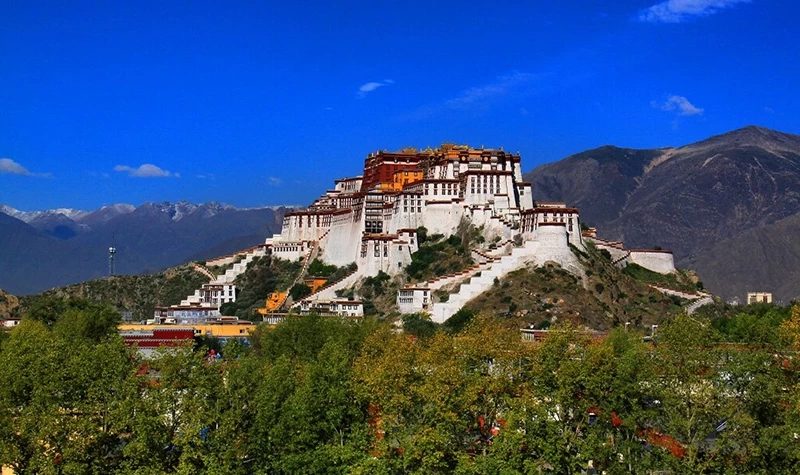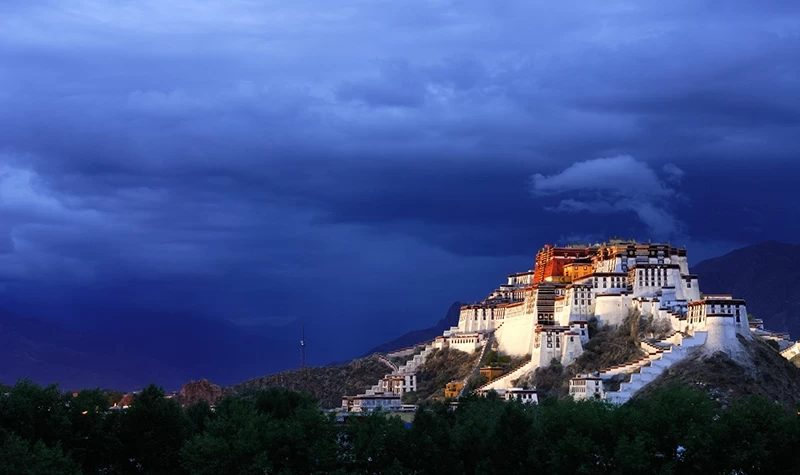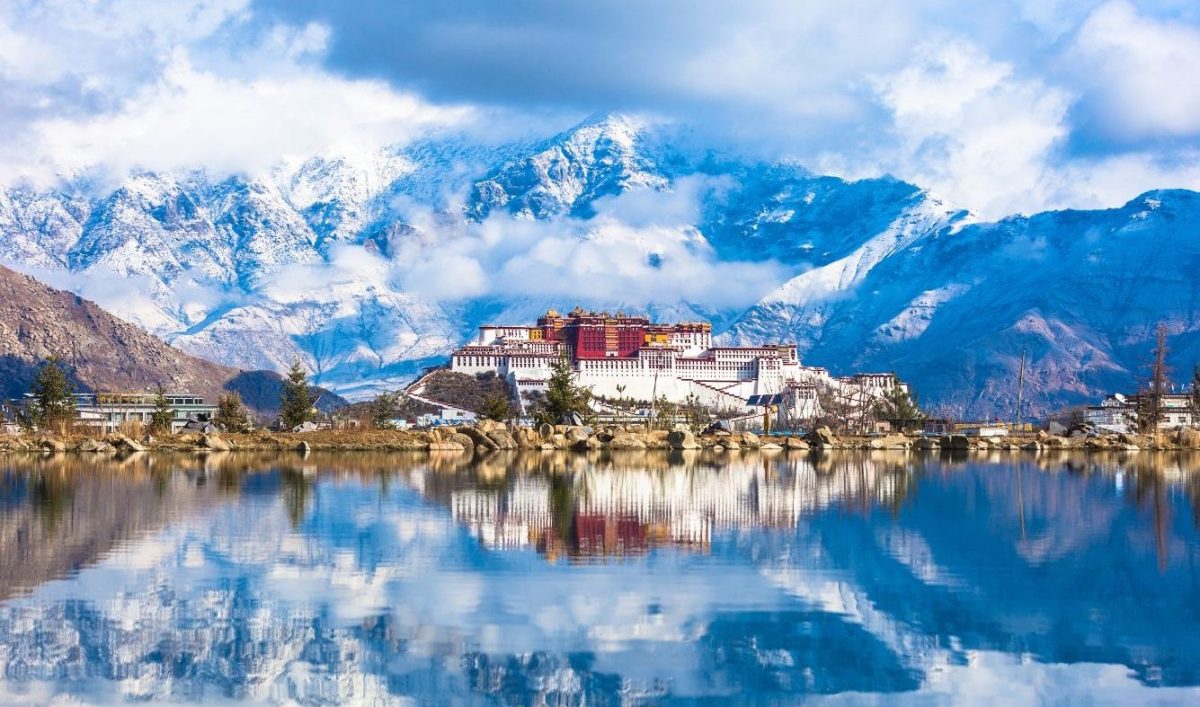Standing at the top of Mount Maburi (Red Mountain), northwest of Lhasa, the capital of the Tibet Autonomous Region of the People’s Republic of China, the Potala Palace stands proudly over the world with its unparalleled majesty. This palace-like complex is not only one of the highest and most spectacular buildings, but also the largest and best-preserved ancient palace and fortress complex in Tibet, carrying a thousand years of history and cultural heft.
The story of the Potala Palace began in the 7th century A.D., when Songtsen Gampo, a prince of the Tubo Dynasty, built the palace in order to marry Princess Wencheng. Since then, it has witnessed the rise and fall of the Tibetan region and become the core symbol of Tibetan politics and religion. Through the Yuan, Ming and Qing dynasties continue to expand and improve, the Potala Palace gradually formed the magnificent scale we see today. Today, it is not only the successive Dalai Lama’s winter residence, but also the center of the Tibetan political and religious rule, but also the Tibetan Buddhist believers in the heart of the holy land.

Potala Palace built according to the mountains, the momentum of the majestic, known as the outstanding representative of the Tibetan-style ancient architecture. Palace is divided into the White House and the Red Palace two main parts, each with its own characteristics, complement each other. The white palace is the successive Dalai Lama to deal with political affairs and daily life place, symbolizing the secular power and majesty; and the red palace is a sacred place for religious activities, enshrining the successive Dalai Lama’s stupa, exudes the spirit of the sublime and holy. From the outside, the Potala Palace was 13 layers of posture, but in fact the internal only 9 layers, this unique architectural layout fully demonstrates the Tibetan craftsmen’s excellent skills and infinite wisdom.

Potala Palace is not only a magnificent building, but also a treasure house of art. The palace treasures a large number of precious relics and historical sites, such as colorful murals, exquisite thangkas, solemn statues and so on. These works of art not only highlight the unique charm of Tibetan culture, but also witnessed the exchange and integration of Chinese, Mongolian, Manchu and other ethnic cultures. Especially the murals of the Potala Palace, with a total area of more than 2,500 square meters, rich and varied contents and a wide range of subjects, are an important window to explore the history and culture of the Tibetan people.

Potala Palace is not only a palace, it is more like a museum of Tibetan culture through the millennium. Built on the mountain, the palace is cascading and magnificent, as if it is integrated with the mountain, which is natural. White Palace, Red Palace (Note: the actual Potala Palace and no “Yellow Palace”, here for the original adjusted expression, to maintain the original style at the same time to amend) of the color is bright and eye-catching, in the blue sky and white clouds under the reflection of the more sacred and solemn. Palace collection of tens of thousands of statues, murals, thangkas, ancient books and other cultural relics, each of which is a priceless treasure, they tell of Tibet’s long history and splendid culture.
As the holy place of Tibetan Buddhism, the Potala Palace is filled with a rich religious atmosphere. You can follow the footsteps of pilgrims, turn the scripture tube, listen to the melodious Sanskrit sound, and deeply feel the power and charm of faith. Here, every detail exudes the unique flavor of Tibetan culture, making people linger.
